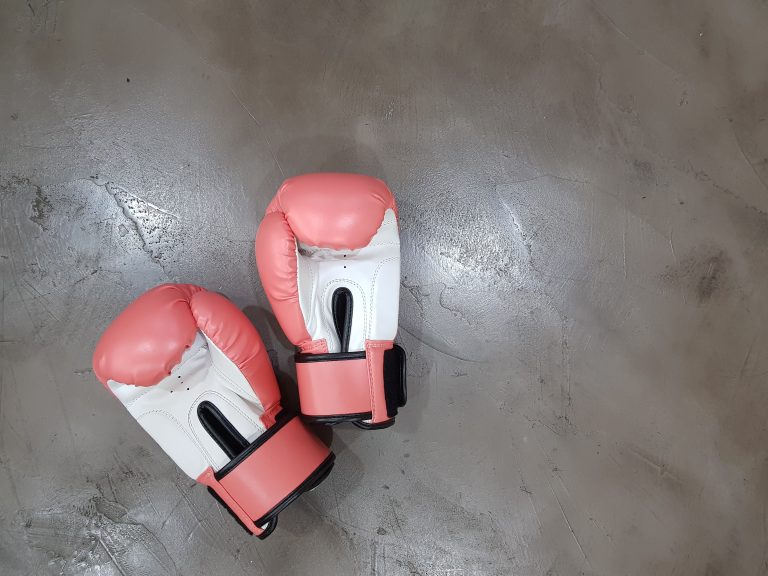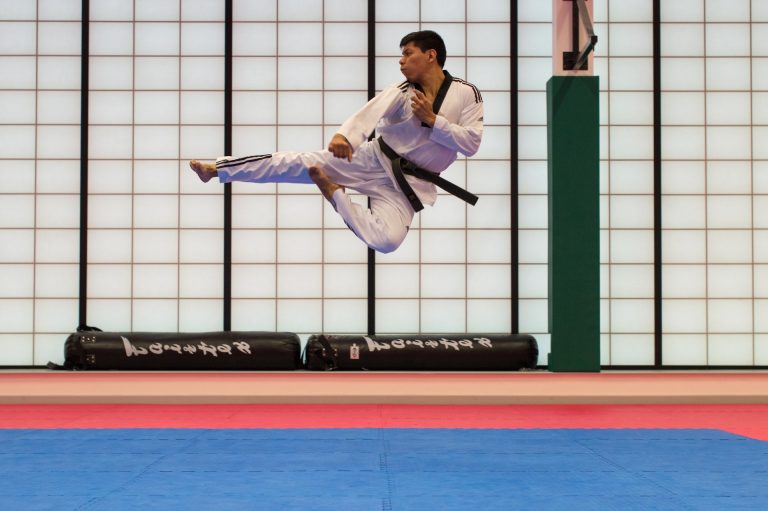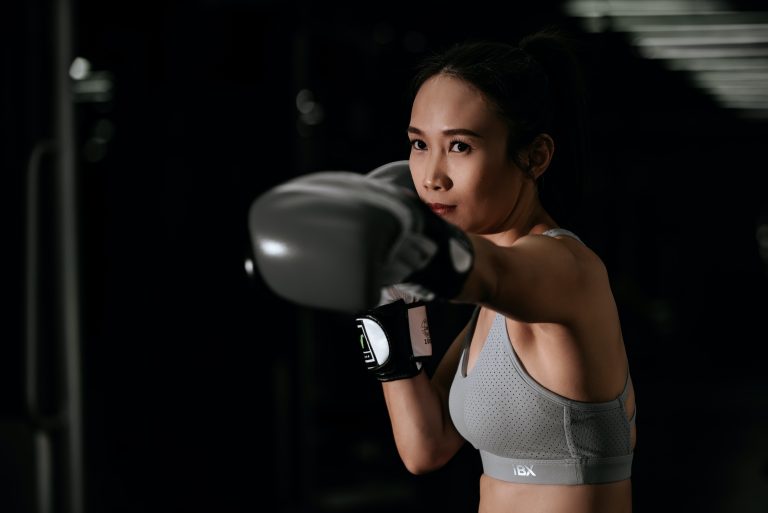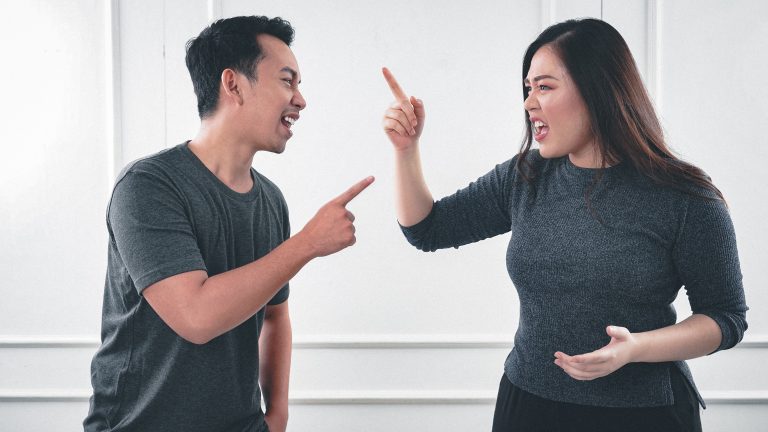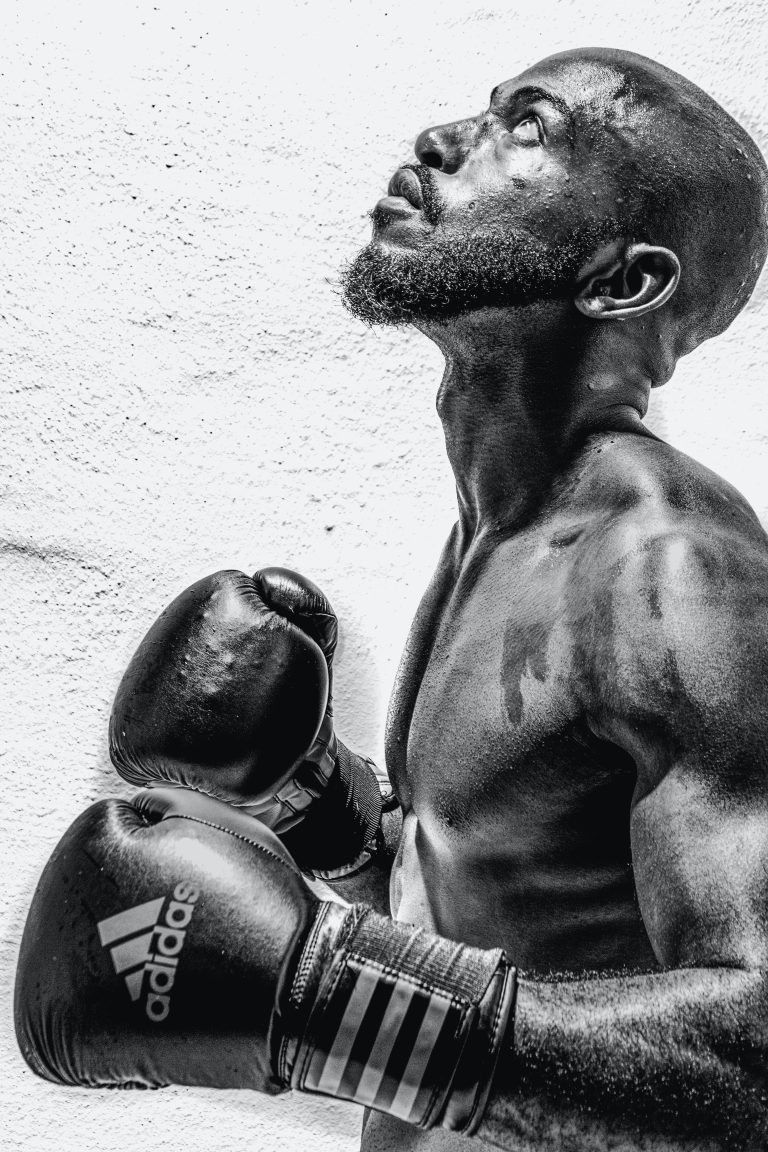Karate training at home: How to practice without a partner
Karate is a martial art that emphasizes self-defense and personal development. It requires dedication, discipline, and practice to master its various techniques. However, practicing karate at home can be challenging when you do not have a partner to work with. In this post, we will explore some ways to practice karate at home without a partner.
1. Shadow Boxing
Shadow boxing is a basic karate exercise that involves practicing various punches, kicks, and strikes in the air. This exercise helps to improve your speed, agility, and coordination. Stand in front of a mirror and practice various karate techniques while focusing on your form, balance, and breathing.
2. Kicking Drills
Kicking drills are another way to practice karate at home. Practice your kicks against a heavy bag or a pad, and focus on developing power, speed, and accuracy. You can also practice your kicks against a wall by standing at least a foot away from it and kick it repeatedly with the ball of your foot, heel, or toes.
3. Kata
Kata is a sequence of karate techniques that are performed in a specific order. It is a great way to practice karate at home because it helps to improve your muscle memory, timing, and concentration. Choose a kata that matches your skill level and practice it repeatedly until you have it memorized.
4. Strength Training
Strength training is an essential part of karate practice. Without proper strength and conditioning, you will not be able to perform at your best. Design a strength training regimen that includes push-ups, sit-ups, squats, lunges, and other exercises that target your core, arms, legs, and back.
5. Speed and Agility Drills
Speed and agility drills are a great way to improve your footwork, reaction time, and flexibility. Create a circuit that includes various exercises such as shuttle runs, ladder drills, jumping jacks, and high-knees. Practice these drills regularly to build your speed and agility.
6. Partnerless Sparring
Partnerless sparring involves practicing your techniques against an imaginary opponent. Visualize your opponent’s moves and react accordingly. This exercise helps to improve your timing, reflexes, and strategy.
In conclusion, practicing karate at home without a partner is possible with a little creativity and determination. Incorporate these exercises into your training routine will help you to improve your skills and become a better karate practitioner. Remember to focus on your form, balance, and breathing, and always seek the guidance of a professional instructor to ensure proper technique and safety.
Karate training at home: How to practice without a partner
Karate is a martial art that requires consistent practice to perfect techniques and forms. However, continuous training can become challenging when a karateka does not have access to a training partner. Fortunately, there are exercises that can be done individually to improve karate techniques even without a partner. In this blog post, we will discuss the most frequently asked questions about karate training at home without a partner.
1. What are some karate training exercises that can be done alone?
There are various exercises that a karateka can do solo without requiring any equipment. Some examples include:
Kihon
Kihon, which means ‚fundamentals‘ in karate, is a set of basic techniques that form the building blocks of every karateka’s training. These techniques can be performed individually, and include:
- Basic punches (Oi Tsuki, Gyaku Tsuki)
- Basic kicks (Mae Geri, Yoko Geri)
- Basic blocks (Age Uke, Gedan Barai)
- Basic stances (Zenkutsu Dachi, Kokutsu Dachi)
Kata
Kata is a series of pre-arranged movements that simulate a fight against imaginary opponents. There are various kata that a karateka can practice alone, including:
- Heian Shodan
- Heian Nidan
- Heian Sandan
- Heian Yondan
- Heian Godan
- Tekki Shodan
- Bassai Dai
- Kanku Dai
- Empi
Kumite drills
Kumite is sparring against an opponent. However, there are various kumite drills that a karateka can practice without a partner, including:
- Shadow sparring
- Footwork drills
- Target practice
2. How can I maintain motivation when training alone?
Training alone can become monotonous and demotivating without the presence of an enthusiastic partner or sensei. To maintain motivation, a karateka can try the following:
Set goals
Setting achievable goals can help to maintain focus and motivation. These goals can include learning a new kata, mastering a difficult technique, or improving overall fitness.
Join an online karate community
Joining an online karate community can help a karateka to connect with like-minded individuals, discuss challenges, and share successes. The sense of community can provide the motivation to continue with training.
Participate in online karate classes
Participating in online karate classes can provide the sense of structure and discipline that is usually present in a dojo environment. These classes can be accessed via online platforms such as Zoom and YouTube.
3. How can I improve my technique without a partner?
Improving technique without a partner requires consistent practice and attention to detail. A karateka can try the following:
Record and review technique
Recording karate technique on camera allows a karateka to observe their movements and identify areas that require improvement. This can include footwork, body positioning, and timing.
Use mirrors
Mirrors can be used to observe technique in real-time, allowing a karateka to adjust their movements as necessary. A mirror can provide instant feedback, which can be beneficial for maintaining correct posture and form.
Use resistance bands
Resistance bands can be used to simulate the resistance provided by a training partner. By incorporating resistance bands into their training, a karateka can improve power and control in their techniques.
4. Can I improve my fitness without equipment?
Improving fitness without equipment requires creativity and consistency. Here are some exercises that a karateka can do without any equipment:
Bodyweight exercises
Bodyweight exercises include push-ups, squats, lunges, and planks. These exercises help to improve strength, endurance, and overall fitness.
Cardio exercises
Cardio exercises include running, high knees, jumping jacks, and burpees. These exercises help to improve cardiovascular health and endurance.
Stretching
Stretching is an important part of any fitness routine. It helps to improve flexibility, range of motion, and prevent injuries.
5. How can I measure progress without a partner or Sensei?
Measuring progress without a partner or Sensei can be challenging. However, a karateka can try the following:
Use a training journal
A training journal can be used to record goals, achievements, and areas that require improvement. A training journal can provide a sense of accountability, and help to track progress over time.
Set personal benchmarks
Setting personal benchmarks can help to track progress without the need for a partner or Sensei. These benchmarks can include the number of push-ups completed, or the time it takes to run a mile.
Compare technique to videos
Comparing karate technique to videos of experienced karatekas can help to identify areas that require improvement. This can include footwork, timing, and overall form.
Conclusion
Karate training at home without a partner requires creativity, consistency, and a desire to improve. By incorporating solo exercises such as kihon, kata, and kumite drills, a karateka can maintain and improve their karate technique even without the presence of a partner or Sensei. By setting achievable goals, joining online communities and classes, and using mirrors and resistance bands, a karateka can maintain motivation and track progress over time. With dedication and commitment, karate training at home without a partner can be just as effective as training in a dojo environment.
Inhaltsverzeichnis

